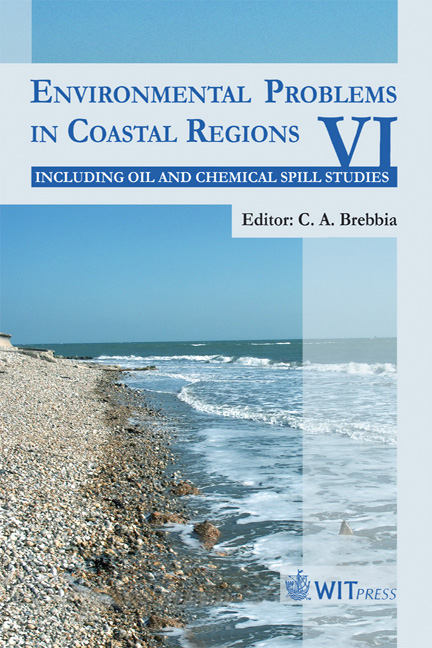Towards Sustainable Coastal Planning And Policies From A Malaysian Perspective
Price
Free (open access)
Transaction
Volume
88
Pages
10
Published
2006
Size
413 kb
Paper DOI
10.2495/CENV060051
Copyright
WIT Press
Author(s)
D.’ Y. bin Nordin
Abstract
Malaysia, with a land area of some 330,000 km square and a coastline of some 4,800km, sits on the geologically stable Sunda Shelf. Half the coastline consists of beaches and slightly less than half is mangrove fringed; there is little rocky coast. It has been estimated that some 30% of the coastline is subject to varying degrees of erosion. The population of 25 million is small for a country in the region but its population growth rate of some 2.4% is amongst the highest. Over 60% of the population lives along or close to the coasts. Growing populations not only put a greater strain on already depleting resources, but are also responsible for the degradation of marine habitats for those resources. Since the oceans have limited resources, there is a need to minimize the impact that the growing size and number of coastal communities have on marine environments. Development along the coasts and hinterland has been extensive. Erosion is significant and may contribute to coastal sedimentations rates (in protected areas). Many coastal areas (especially where mangroves occur) have been bounded and reclaimed. Fishermen’s livelihoods and marine life along coastal areas have also been affected. The weakness of conflict resolutions, inadequate enforcement, insufficient environmental resources data and lack of co-ordination and funding are among the critical issues on the coast. Malaysia has taken a precautionary approach and multi-sectors integration. Policies and acts have been formulated to strengthen effective and applicable guidelines and there are by-laws to control and manage the coastal area development. Integration between marine sectors and spatial (land-based sectors) was important to achieve sustainable use of the coastal area. The Malaysia coastal zone complex system of atmospheric, marines and terrestrial natural forces needs a systemic approach to planning and development. Proper integrated coastal management planning provides indications towards an integrating coastal ecosystem and the strategic importance of renewable resources for socio-economic development which involves the coordination of process, procedures, acts, regulations and jurisdictions. Keywords: populations, depleting resources, development, conflicts resolutions, policies and approach, integrated management.
Keywords
populations, depleting resources, development, conflicts resolutions, policies and approach, integrated management.





